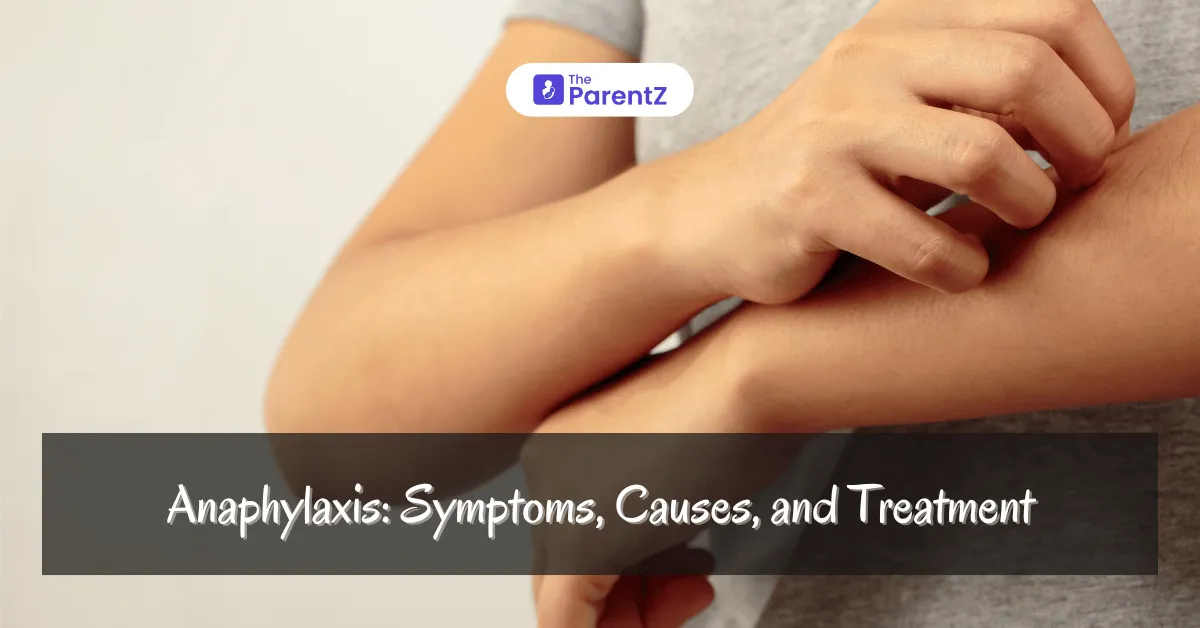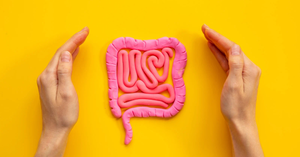Anaphylaxis is a severe allergic reaction that can quickly turn into a life-threatening situation. Although rare, it affects about 1 in 50 people in the U.S. alone, according to a study. This type of severe reaction is usually triggered when your immune system overreacts to a substance it potentially identifies as harmful. On one hand, where allergies typically cause mild allergic reactions such as a rash or sneezing, anaphylaxis, on the other hand, affects multiple organ systems simultaneously, including the skin, respiratory system, and heart.
Read below this article to learn about anaphylaxis, its symptoms, causes, and treatment.
Symptoms of Anaphylaxis
While anaphylaxis symptoms usually appear within minutes of exposure to the allergen, sometimes, the response might be delayed for hours. Here are some intense and common symptoms of anaphylaxis that need immediate medical care.
- Skin reactions including hives, redness, itching, or swelling of the lips, tongue, or face
- Wheezing or shortness of breath
- Tightness in the chest or throat
- Rapid or weak pulse
- Drop in blood pressure
- Dizziness or fainting
- Nausea, vomiting, or diarrhea
- Stomach cramps
- Confusion or anxiety
- Loss of consciousness
Common Causes of Anaphylaxis
Several allergens might trigger anaphylaxis in the body. Some of the common causes behind this severe allergic reaction include
- Food allergens such as peanuts, tree nuts, shellfish, milk, and eggs contribute to nearly 90 percent of food-related anaphylaxis.
- Antibiotics such as penicillin and NSAIDs
- Bee, wasp, or hornet stings also result in severe allergic reactions, especially in people having venom allergies.
- Latex, commonly found in gloves, balloons, and medical devices, is also a common allergen.
Diagnosis and Treatment
Anaphylaxis is typically diagnosed by analyzing the family history, symptoms, and the possible allergy triggers. Skin prick tests and blood tests are commonly used to identify specific allergens. Besides, measuring tryptase levels, an enzyme that is slightly higher during allergic reactions, also confirms allergic responses in the body. Sometimes, oral or controlled exposure tests are also conducted to confirm triggers.
Anaphylaxis is a rare yet serious condition that requires immediate medical attention.
The doctor usually considers the following treatment approaches.
Epinephrine or Adrenaline
Administering epinephrine is one of the most essential approaches when it comes to treating anaphylaxis reactions. It usually works by reversing symptoms like swelling, difficulty breathing, and low blood pressure. Even after administering epinephrine, intensive care is needed as the symptoms may return.
Additional Medications
Additional medications, including antihistamines and corticosteroids, are used to relieve itching and hives and to prevent a delayed reaction, respectively.
Oxygen Therapy and IV Fluids
In extreme cases, the doctor may also provide oxygen or intravenous fluids to help the patient stabilize.
Takeaway
Anaphylaxis is a critical allergic reaction that is life-threatening if not addressed promptly. Therefore, if you or any of your loved ones is suffering from any allergies, it is important to have an understanding of anaphylaxis and what the preventive measures are that are essential to reduce the risk of such allergic responses. If you suspect any symptoms, visit your doctor immediately.








Be the first one to comment on this story.